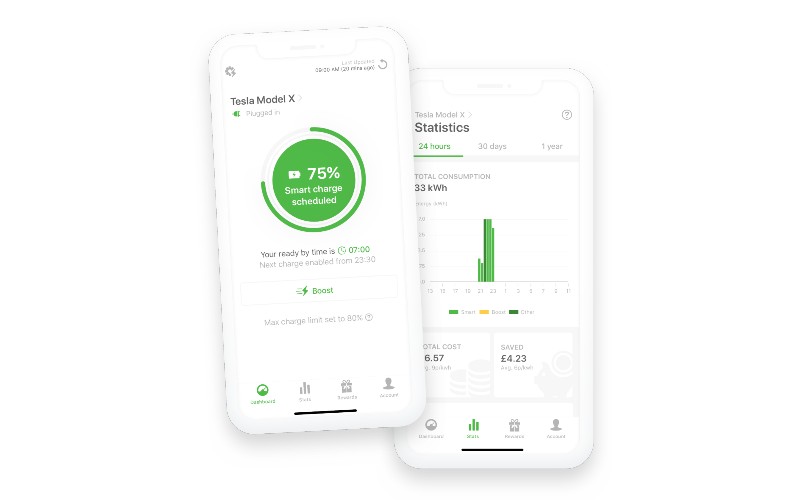ev.energy, an electric vehicle managed charging software platform, has raised £26 million.
The Series B funding will see the London company drive EV-grid integration in North America and Europe.
The round was led by National Grid Partners with support from Aviva Ventures, WEX Venture Capital and InMotion Ventures, the investment arm of JLR. It also saw continued support from existing investors Energy Impact Partners, Future Energy Ventures and ArcTern Ventures.
ev.energy connects electric vehicles to grid networks to make charging simpler, greener and cheaper for drivers. Its end-to-end platform intelligently manages charging for more than 120,000 EVs daily by charging vehicles at grid-friendly times.

The company says its software platform has become the cornerstone of vehicle-grid integration globally, with a growing partner list that includes industry leaders such as National Grid, Volkswagen Group, Maxeon and Siemens.
This latest funding round provides a pathway for ev.energy to access an additional 400 million energy customers by utilising their shareholders’ energy retail, fleet, vehicle and insurance networks.
TransportTech 50 – UK’s most innovative transport technology creators for 2022
“In the next few years, total EV demand in most developed countries will surpass the energy output of even the largest power plants – for example, the behemoth Palo Verde Generating Station in the US,” said Nick Woolley, CEO.
“As more EVs come online, optimised charging and load maintenance will remain critical tools for ensuring grid stability. By being able to shape and control EV load, ev.energy can both benefit the grid and help drivers to charge using the greenest and cheapest energy.”
Since 2018, ev.energy has won over 30 national, regional, and municipal utility contracts while forging partnerships with charging brands and auto original equipment manufacturers like the Volkswagen Group.
Its central position of moving, storing and discharging energy provides megawatts of flexible capacity and has helped utilities around North America and Europe tackle extreme weather conditions – from summer heat waves to winter cold snaps – with seasonal demand-response programmes.


